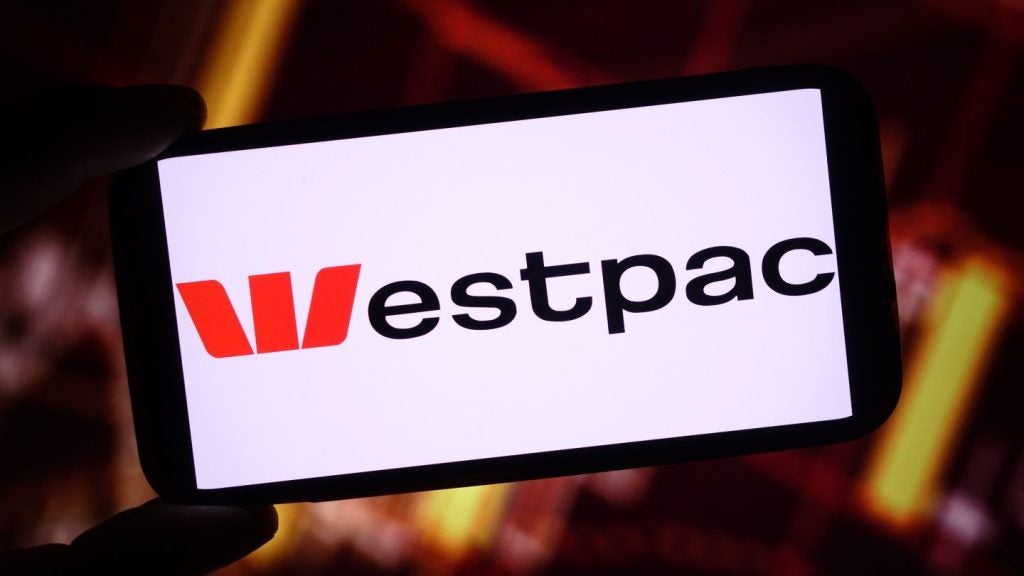Headlines concerning
failing banks, government bailouts and exorbitant bonuses have
taken consumer perceptions of the banking sector to a new low.
Micha Schwing, creative planning manager at Getty Images, argues
that brand image is integral to changing the public perception of
the battered banking sector.
 The banking
The banking
industry has been both the emblem and most visible victim of the
recent financial turmoil. Over the past few years, individual
consumers and businesses alike have developed a markedly different
relationship with their money, and in turn with the institutions
who manage their finances.
As a result, financial
organisations have a long way to go to rebuild this fallen trust.
External brand image and visual communications are integral to
changing the perception of any company. Financial institutions need
to consider how they can employ visual language to rebuild this
image, and with it customer faith in their business.
Edelman’s United Financial
Service Trust Barometer reported in 2006 that the top three most
important considerations for the public when choosing financial
institutions were attentiveness to customer needs, quality products
and services, and strong financial performance.
However, over the past four
years this has shifted: financial returns now rank bottom of the
list of priorities, with transparent and honest practices cited as
the most important consumer consideration.

US Tariffs are shifting - will you react or anticipate?
Don’t let policy changes catch you off guard. Stay proactive with real-time data and expert analysis.
By GlobalDataGiven the fundamental shift
in focus underway in the industry, Getty Images recently dedicated
the launch edition of its online portal, The Curve, to examine
current financial imagery trends as providers seek to meet these
high customer expectations.
First and foremost, the
financial industry needs to ensure it is portraying trust, security
and integrity throughout all of its internal and external
communications in order to regain the public trust.
According to Mintel, some 80%
of people agree that they will be more conservative with money in
the future. Financial organisations therefore need to become more
competitive to attract business, which in turn means meeting the
expectations of the public in terms of transparency and
trustworthiness.
The impact of the recession
has spread much further than how financial organisations are viewed
by their customers; it has changed the way these customers live
their lives. Many people want to stop over-spending, reduce the
amount of disposable items they acquire and get back to
basics.
 Getty Images has
Getty Images has
tracked this simplicity trend since its initial emergence in 2007
and Mintel research now suggests that this has become the dominant
psychology of the post-crunch consumer, with 78% of surveyed
individuals admitting they had been simplifying their lives
recently.
A campaign undertaken by the
Montana 1st Credit Union in the US embodies this trend, making a
virtue of its straightforward approach. Its communications,
initially conveyed through outdoor billboards then across a plain,
spartan website, hung on the strapline “boringisssexy”.
The visual content employed
is sparse, communicating a no-frills, minimalist approach through
everyday objects, including a brick and an ice cream cone, to
communicate products such as the ‘Plain Vanilla Auto Loan’ and the
‘Delightfully Dull Home Equity Loan’. The result is very much a
‘what you see is what you get’ message from a regional banking
organisation.
Brand image is the lynchpin
of any organisation’s communications strategy, and the first step
financial institutions need to make to rebuild their reputations is
to change how they are perceived, reflecting and conveying trust
and transparency throughout their business structure. The most
impactful and immediate way to tackle this is through imagery, as
visual identity is the first thing that consumers recognise about a
brand.
As a result, Getty Images has
noted a shift in the kind of imagery employed by financial services
in their visual communications. For example, there has been a rise
in financial providers searching for imagery portraying
reliability, security and loyalty, where previously the dominant
trends reflected fun and escape.
Standard Chartered offers an
example of this rebranding through its recent global repositioning
– its first in 40 years.
The ‘Here for good’ campaign,
developed by TBWA, was created around the idea of highlighting the
company’s heritage, particularly in Asia, the Middle East and
Africa, with specific emphasis on the bank’s longevity and thereby
its trustworthiness.
The message of ‘Here for
Good’ highlights issues of longevity, aspiration and a larger
purpose.
A UK brand which has been pursuing a similar strategy is
Nationwide. Its communications approach has been consistent since
1989, themed around using humour. This continuity of approach makes
the brand appear dependable while also communicating a longstanding
confidence in its brand image.







